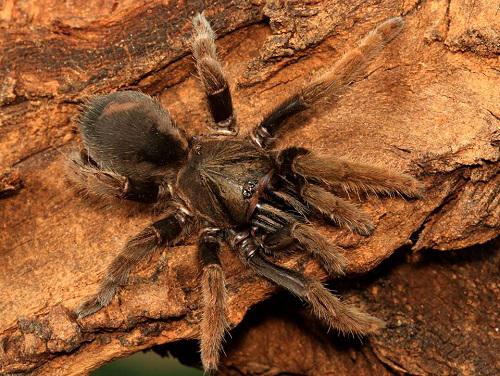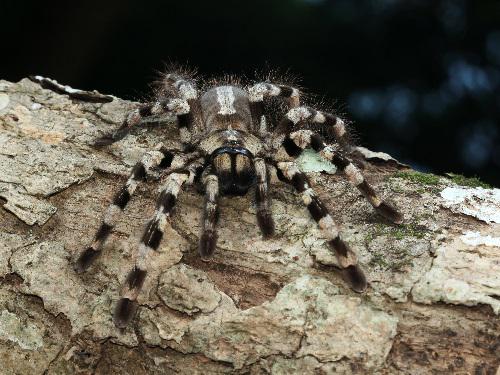Zeeshan A. Mirza
Other projects
Diversity of mygalomorph spiders is grossly underestimated across India which has also been testified by resent surveys conducted in Western Ghats and parts of Northeast India. I wish to largely focus on Himalayas to document these spiders which have thus far thought to be poorly represented in this region.

Haploclastus cervinus.
Mygalomorph spider are consider primitive spiders largely due to their fossorial life making them venerable to climate change and deforestation. These spider are indicator species of healthy habitat and can serve as flagship species for habitat conservation in landscapes where large megafauna are absent. However, these spiders are among the least studied in India largely due to the difficulty in locating these spiders on regular surveys. Surveys for these spiders can only be undertaken by researchers with prior knowledge of working with these spider. Their diversity in India is grossly underestimated which is reflected by the number of species discovered during the first phase of this project funded by Rufford.

Parachute tarantula.
The previous work was largely concentrated in the Western Ghats and parts of northeast India. A large part of the country remains under surveyed, especially the Himalayas which is known for its biodiversity. The species turnover is very high in the Himalayas largely due to the gradient in elevational zones. Despite the varied habitats and high biodiversity, records of mygalomorph spiders recorded from this region are scanty. I propose to fill this gap of knowledge by conducting rigorous surveys to document mygalomorph spiders across selected areas of Himalayas. Recorded species will be assessed for their IUCN status which will greatly influence our megafauna’ centric attitude towards conservation of biodiversity. A thorough knowledge of these spiders would be essential to get legal protection to these spiders under the Wildlife Protection Act 1972.